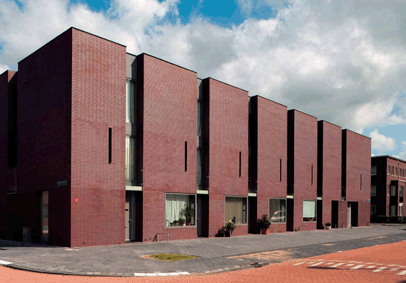Urbanistica di prossimità: competenza di genere o strategia miope? Reintroduzione delle valutazioni dell'impatto di genere nella pianificazione spaziale
Abstract
In the present situation, gender-aware spatial planning, instead of looking at structural inequalities, still aims at ‘women’’ as a special needs or target. The ‘women friendly approach’ allows for paying attention to spatial conditions for many people still confined to ancient role-patterns or extra burdens, and measures build on this concept can improve spatial conditions for many women in this situation. In this way it may alleviate the so-colled ‘chain of care’ which makes career-women dependent on services of low-educated low-paid. The result is an ‘urbanism of proximity’ [Muxi 2010; ..] that is also in the interest of the growing number of senior citizens, or of young families; see for example the recent French quarters in the south of Germany [ref]. But who guarantees that on the long run such measures do not convert in their opposite: an obstacle for emancipation? If conditions are optimised, why complain about the job? Gender Impact Assessment (GIA) is an ex ante evaluation method designed to identify possible gender effects in general policy.
Downloads

Copyright (c) 2014 Lidewij Tummers

This work is licensed under a Creative Commons Attribution 4.0 International License.
Gli autori che pubblicano su questa rivista accettano le seguenti condizioni:- Gli autori mantengono i diritti sulla loro opera e cedono alla rivista il diritto di prima pubblicazione dell'opera, contemporaneamente licenziata sotto una Licenza Creative Commons - Attribuzione che permette ad altri di condividere l'opera indicando la paternità intellettuale e la prima pubblicazione su questa rivista.
- Gli autori possono aderire ad altri accordi di licenza non esclusiva per la distribuzione della versione dell'opera pubblicata (es. depositarla in un archivio istituzionale o pubblicarla in una monografia), a patto di indicare che la prima pubblicazione è avvenuta su questa rivista.
- Gli autori possono diffondere la loro opera online (es. in repository istituzionali o nel loro sito web) prima e durante il processo di submission, poiché può portare a scambi produttivi e aumentare le citazioni dell'opera pubblicata (Vedi The Effect of Open Access).
